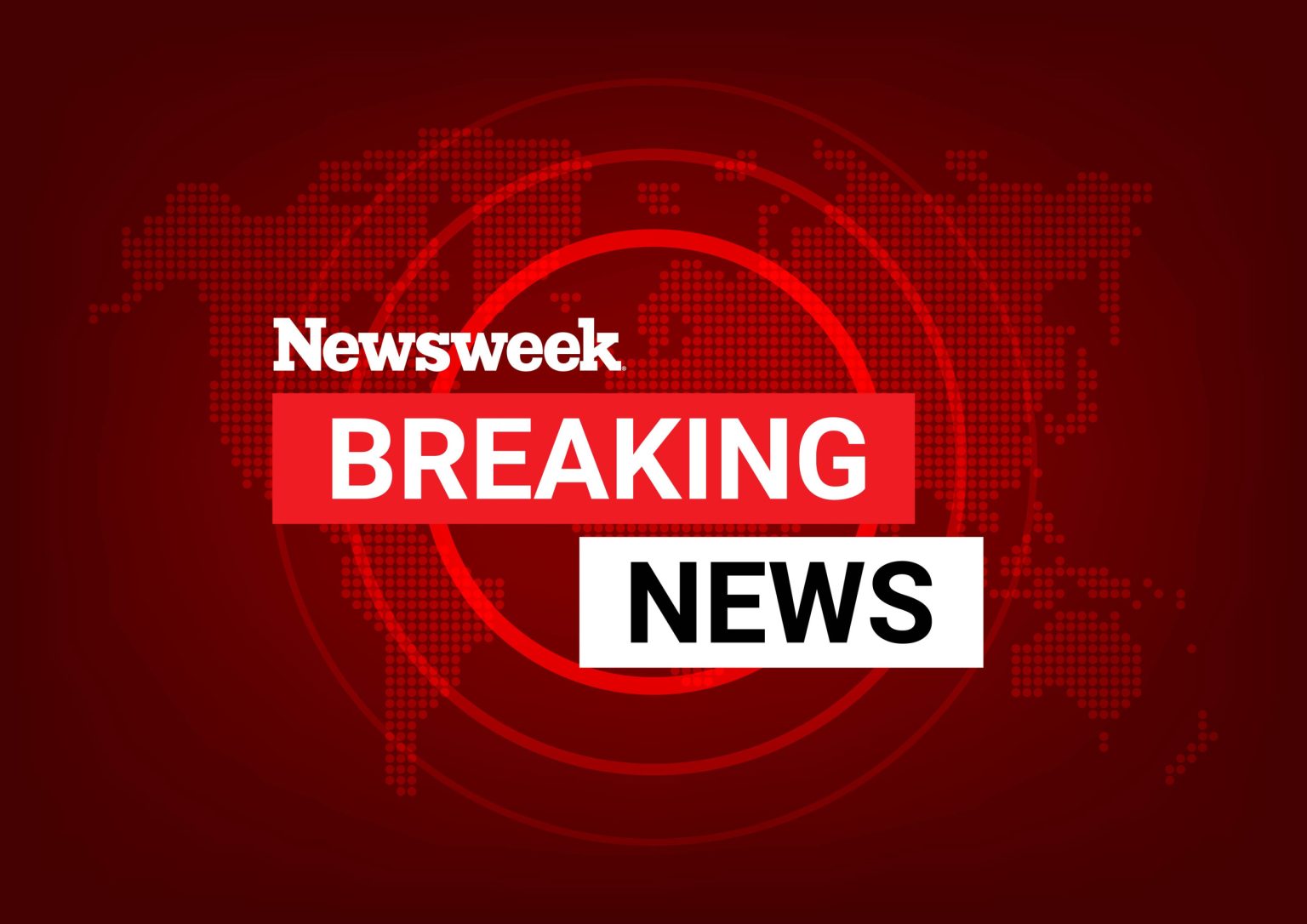Ukrainian forces have launched mass drone strikes targeting some of Russia’s most remote airbases in the past two days, including the Marynivka military airfield in the Volgograd region and the Olenya air base in the Murmansk region. The attack on the Olenya air base, which is located approximately 2,000 kilometers from the Ukraine border, was followed by explosions at the Marynivka air base in the Kalachevsky district. Regional governor Andrei Bocharov confirmed the attack, stating that a fire had broken out at a Russian defense ministry facility, but there were no casualties reported. Videos on social media show a massive fireball and black smoke over the Marynivka airbase, which is known to host Russian fighter jets.
The drone strikes on Russian airbases are part of ongoing military operations between Ukrainian and Russian forces in the region. These attacks mark a significant escalation in the conflict, as Ukrainian forces target remote Russian military installations with precision strikes using drones. The use of drones allows Ukrainian forces to strike at Russian airbases without risking the lives of their own troops, demonstrating a shift in tactics and technology in modern warfare. The attacks also demonstrate Ukraine’s willingness and ability to target distant Russian military assets, showcasing their determination to defend their sovereignty and resist Russian aggression.
The attack on the Marynivka airbase is just one example of the growing use of drones in modern warfare. Drones have become an increasingly valuable tool for military forces around the world, providing precision strikes and surveillance capabilities without putting troops in harm’s way. The use of drones in conflict zones allows for targeted attacks on enemy positions with minimal collateral damage, making them an attractive option for military operations. The effectiveness of drones in warfare has been demonstrated in recent conflicts, where they have been used to target enemy combatants, protect friendly forces, and gather valuable intelligence.
The Ukrainian drone strikes on Russian airbases are likely to provoke a strong response from the Russian government, which may seek to retaliate against Ukrainian forces for the attacks. The escalation of military operations between Ukraine and Russia raises concerns about the potential for further violence and instability in the region. The conflict between the two countries has already resulted in thousands of casualties and displaced persons, and the situation remains volatile. The use of drones in the conflict adds a new dimension to the fighting, as both sides seek to gain the upper hand through the use of advanced military technology.
The international community is closely monitoring the situation in Ukraine and Russia, as the conflict between the two countries shows no signs of abating. The United States and European countries have condemned Russia’s actions in Ukraine and called for a peaceful resolution to the conflict. The use of drones in the conflict has raised questions about the legality and ethics of using unmanned aerial vehicles in warfare, particularly when targeting civilian populations. The situation in Ukraine is complex and volatile, with the potential for further violence and instability if diplomatic efforts fail to end the conflict.
As the situation in Ukraine continues to evolve, it is essential for the international community to support efforts to de-escalate the conflict and bring about a peaceful resolution. The use of drones in modern warfare represents a new challenge for governments and military forces around the world, as they seek to navigate the complexities of 21st-century conflicts. The drone strikes on Russian airbases by Ukrainian forces underscore the evolving nature of warfare and the increasing reliance on advanced technology to gain a military advantage. The ongoing conflict in Ukraine and Russia serves as a stark reminder of the human cost of war and the urgent need for diplomatic solutions to prevent further bloodshed and devastation.


